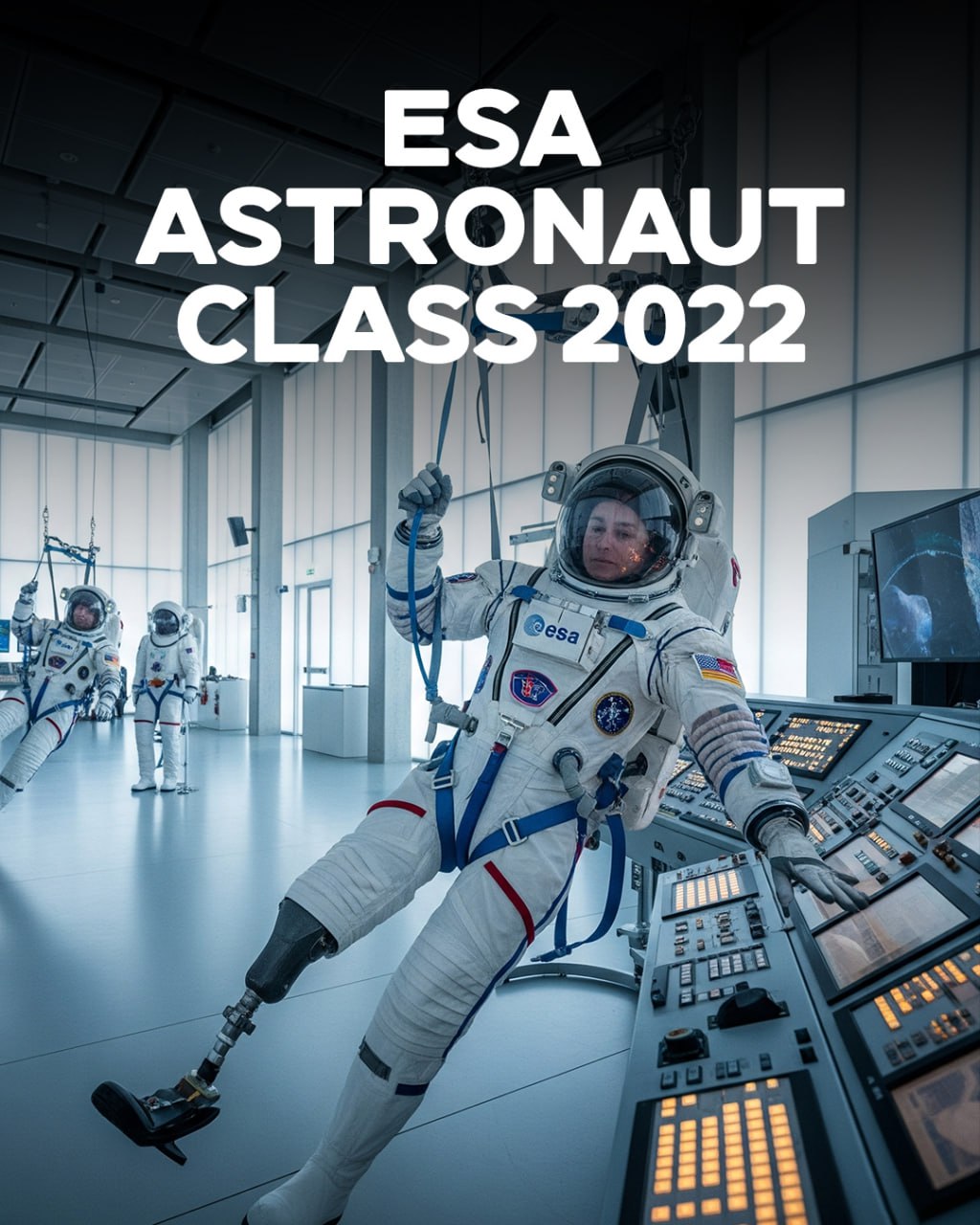Apollo 15 by Jackson Tyler
Apollo 15, launched in July 1971, was the first of the Apollo "J" missions designed for extended lunar surface stays and greater scientific exploration. It marked a significant step forward in lunar exploration with new equipment, longer Extended Vehicle Assists (EVAs), and advanced scientific objectives. The mission explored the geologically rich Hadley-Apennine region, collecting a large variety of lunar samples, including the famous "Genesis Rock." The astronauts conducted three EVAs totaling 18 hours and 37 minutes, deploying and activating surface experiments like seismic sensors and heat flow probes. Command Module Pilot Alfred Worden operated a suite of scientific instruments in lunar orbit, including panoramic and mapping cameras, a gamma-ray spectrometer, and a laser altimeter. He also performed the first-ever deep space EVA during the return trip to Earth. Apollo 15 tested new Apollo equipment, including improvements to spacesuits, the portable life support system, the lunar communications relay unit, and the ground-controlled television assembly. The mission lasted 12 days and 7 hours, setting records for longest lunar surface EVAs, longest time in lunar orbit, and longest Apollo mission to date. Despite some challenges, Apollo 15 was a landmark mission that combined extended scientific exploration with technological innovation, expanding the scope of lunar surface activities through the use of the Lunar Rover and advanced scientific instrumentation. Despite minor technical and public relations challenges, Apollo 15 remains a high point in the Apollo program for its ambitious achievements and contributions to lunar science.
- English (UK)
Add Review
You have to Sign In to share the review


